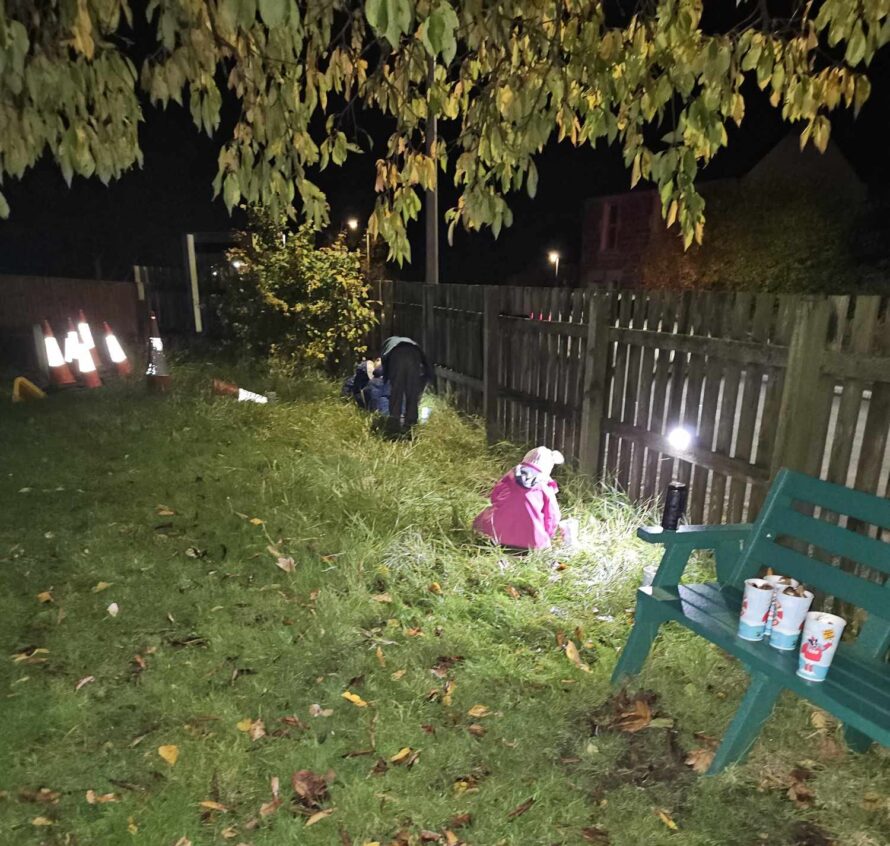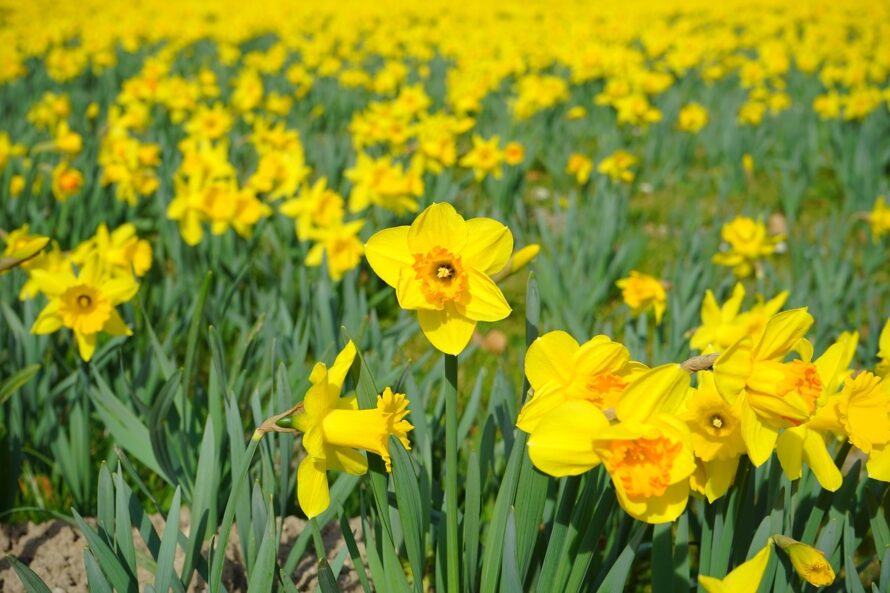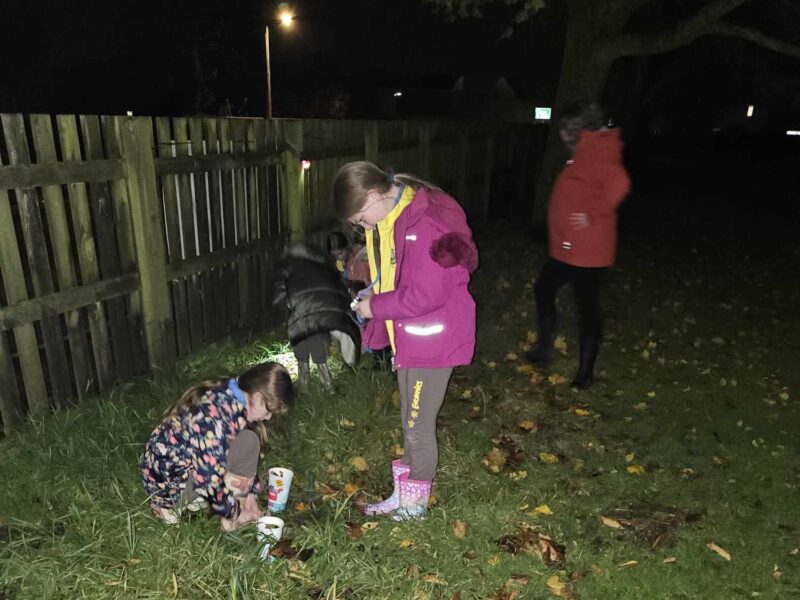Swift Response by idverde Teams Clears Trowbridge Road After Bin Lorry Fire
In a commendable effort, idverde teams played a crucial role in the cleanup operation
Grounds Maintenance, Landscape Creation, Arboriculture, Sports Surfacing, Parks management, IOS Managing Safely Training, Ecology & Biodiversity, Grass cutting, Horticulture, Street Cleaning, Soft Landscaping, Hard Landscaping
idverde provides a wide range of green services, including grounds maintenance, landscape creation, and advice services, to both private and public sectors across the UK.
Each April, fields of dazzling yellow daffodils herald a return to much anticipated brighter days for all. idverde, in partnership with Wiltshire Council, has arranged a Daffodil Bulb Give-away. This is the first year that idverde and Wiltshire Council have offered community groups/schools across Wiltshire free bulbs to plant themselves in a bid to make the district even more beautiful.
idverde, working in partnership with Wiltshire Council, had 250kg of ‘Woodland Mix’ daffodil bulbs to donate to Parish councils, schools and community groups on a first come first serve basis in the hope they can provide a lovely display in the spring across Wiltshire.
The following groups have benefited from this year’s free give-away:

Daffodils: why are they so important?
Daffodils, also known by their botanical name Narcissus, are one of the easiest to grow and reliable spring-flowering bulbs. They multiply quickly and return to bloom again each spring, year after year, with little attention. Daffodil bulbs grow well in containers, borders and grass.
Not only do daffodils brighten up our gardens, feed hungry bees and other insects, but they put a smile on our faces too.

How to plant daffodil bulbs
After the blooms fade
It’s important that you leave the plants alone until the bloom dies off and the green stems turn brown before you cut or trim them. They need time after blooming to store energy in the bulbs for next year’s bloom. Let them hibernate throughout the winter. Come next April – and years thereafter – they are ready to enjoy! Daffodils are perennial, and deer squirrels and rodents won’t eat them.
idverde’s Community Engagement Manager for Wiltshire Council, Paul Ashman, commented: “We were pleased to be able to offer our support to our client and the residents at Wiltshire. This daffodil donation is not only a fantastic way to inspire young growers in our local area at an early age, but it will also provide a charming pop of colour each year as the bulbs continue to bloom every spring. We look forward to seeing daffodils popping up throughout Wiltshire early next year.”

